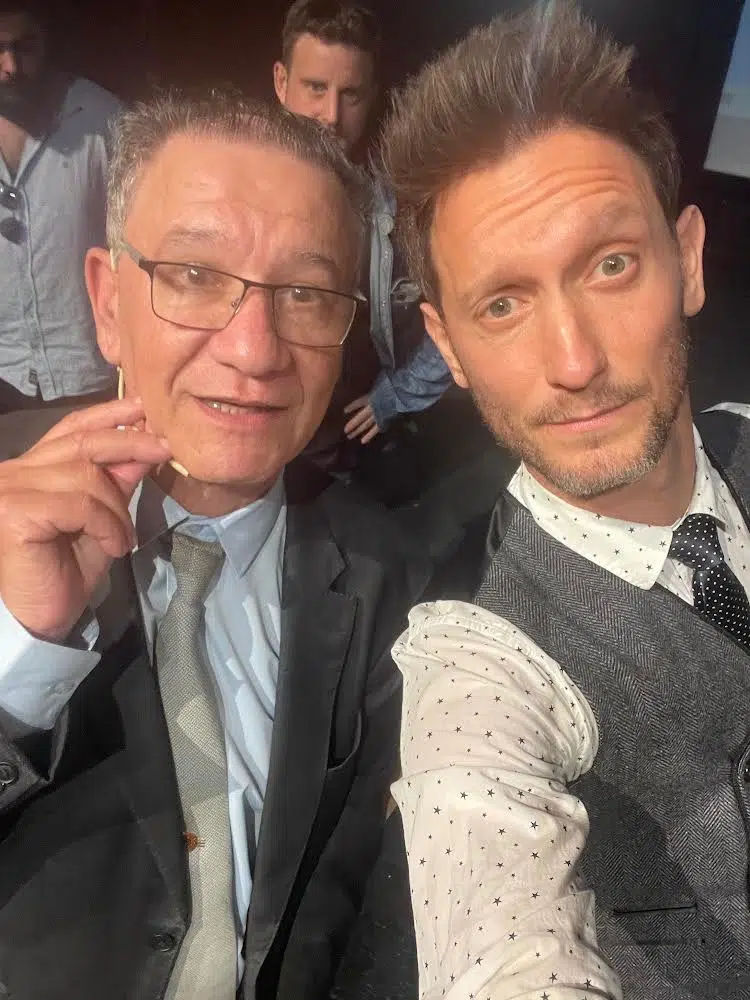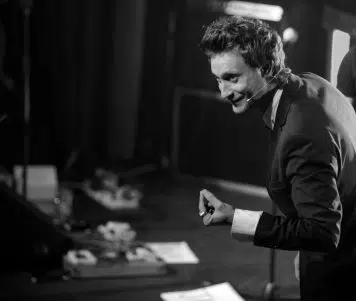
Types of Intelligence According to Field Experts
As a mentalist and sensory artist, I have always been fascinated by the depth and complexity of the human brain and the vast range of capabilities we are capable of. When people think of intelligence, especially in the past but also to a large extent today, they often narrow the picture to someone who excels in academic studies or logical arguments. However, the science of psychology and many experts in the field today recognize that intelligence is a multi-faceted concept, with different types of intelligences that a person can hold within themselves and use.
Gardner’s Theory of Multiple Intelligences
While in the distant past, both in psychology and academia, the term intelligence was narrowly defined, for instance, solely through IQ scores and academic achievements, today’s human knowledge has greatly evolved beyond that. The main contributor to the understanding that there are various types of intelligence, and that an individual can employ and excel in different types either exclusively or concurrently—and even excel in one type of intelligence while being less proficient in academic aspects—was the psychologist Howard Gardner.
Gardner broke conventions and made breakthroughs in the worlds of psychology and brain sciences when he proposed his theory of multiple intelligences, which posits that there are at least eight distinct types of intelligence that people can possess and develop to various degrees.
Eight types of intelligence – according to the theory:
- Linguistic intelligence: The ability to effectively use language, both in writing and speaking, and to convey messages. Writers, poets, speakers, and lecturers excel in this type of intelligence.
- Logical-mathematical intelligence: The ability for quantitative understanding, logical reasoning, problem-solving, and working with abstract and complex concepts and numbers. Strong performers in this type include scientists, mathematicians, programmers, and computer scientists.
- Spatial intelligence: The ability and skills to perceive and practically visualize relationships between objects and elements in space, including engineering and design aspects and the movement of bodies in space. Architects, designers, and artists are typically strong in spatial intelligence.
- Bodily-kinesthetic intelligence: The ability to control physical movement in space, handle objects gracefully, and move efficiently. Specialists in this type of intelligence often include athletes, dancers, and even surgeons.
- Musical intelligence: The ability to grasp, create, and appreciate patterns and structures in music and sound. Musicians, composers, conductors, and sound engineers excel in this type of intelligence.
- Interpersonal intelligence: The ability to understand and effectively communicate with others, empathy, recognizing feelings and emotions in others, identifying motivations, weaknesses, and perspectives of other people. Successful leaders, counselors, and excellent teachers excel in this.
- Intrapersonal intelligence: The ability to be highly self-aware and introspective, to conduct self-examination, and to understand one’s own feelings, sensations, and motivations. Philosophers, writers, and psychologists often demonstrate this type of intelligence.
- Naturalistic intelligence: The ability to be and connect with nature, to identify patterns and aspects in nature and the environment, to recognize and characterize details and items, and to understand natural phenomena. This type of intelligence is strong among biologists, environmentalists, and naturalists.
Additions to Gardner’s Theory of Multiple Intelligences
Since Gardner published his theory and released a variety of books and articles on the subject, this innovative and revolutionary field has been updated and grown. Through other researchers and even more modernist perceptions, it is now common to view the topic of multiple intelligences with additional types, such as emotional intelligence (a term and area that has become very popular in the last two decades) or practical intelligence, which describes a kind of natural “street smarts” and the ability of people who excel in this type of intelligence to achieve goals and advance certain life aspects through speaking and interacting with people – suggesting that this is definitely a type of intelligence that also serves me on stage as a mentalist and sensory artist.
Types of Intelligences in Sensory Art
In practice, mentalism and sensory art wonderfully demonstrate the practical validity of the theory of multiple intelligences. As a comedian and sensory artist, I apply and utilize the power of various types of intelligence to create segments in the telepathy show and to achieve the successes I have been reaching for decades. For example, a sensory artist extensively uses interpersonal and practical intelligence, alongside linguistic and spatial intelligence, among others. Intrapersonal or self-awareness intelligence also plays a significant role in success as a sensory artist. Indeed, in preparing my original and varied segments, I find myself refining, practicing, and implementing most types of intelligences, simultaneously and while finding the delicate and critical balance necessary for the success of the show and for the enjoyment and participation of the audience.








